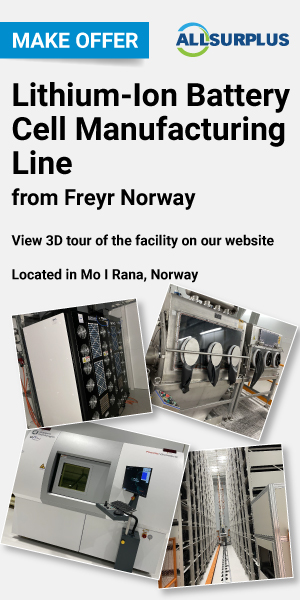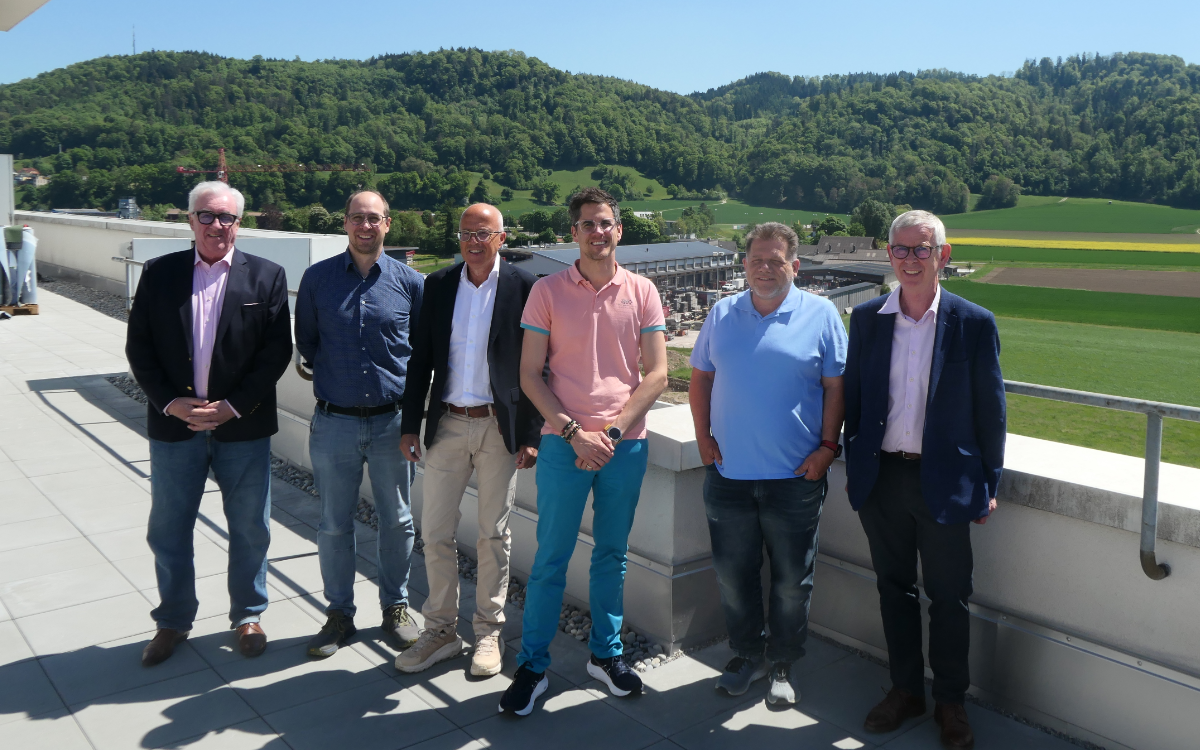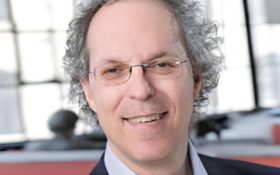Menachem Anderman gathered together more than three hundred people in San Francisco to discuss the market and opportunities for advanced automobiles and their
The course is set. The engines are primed. And as far as advanced automotive batteries for hybrid cars are concerned, nickel metal hydride has won the first round hands down. Even though lithium ion batteries show a lot more promise in terms of energy density (which bodes well for future hybrid cars) and even though nickel is 17 times more expensive than lead.
In a year or so from now Panasonic and (to . . .
to continue reading this article...
Sign up to any Premium subscription to continue reading
To read this article, and get access to all the Premium content on bestmag.co.uk, sign up for a Premium subscription.
view subscription optionsAlready Subscribed? Log In












